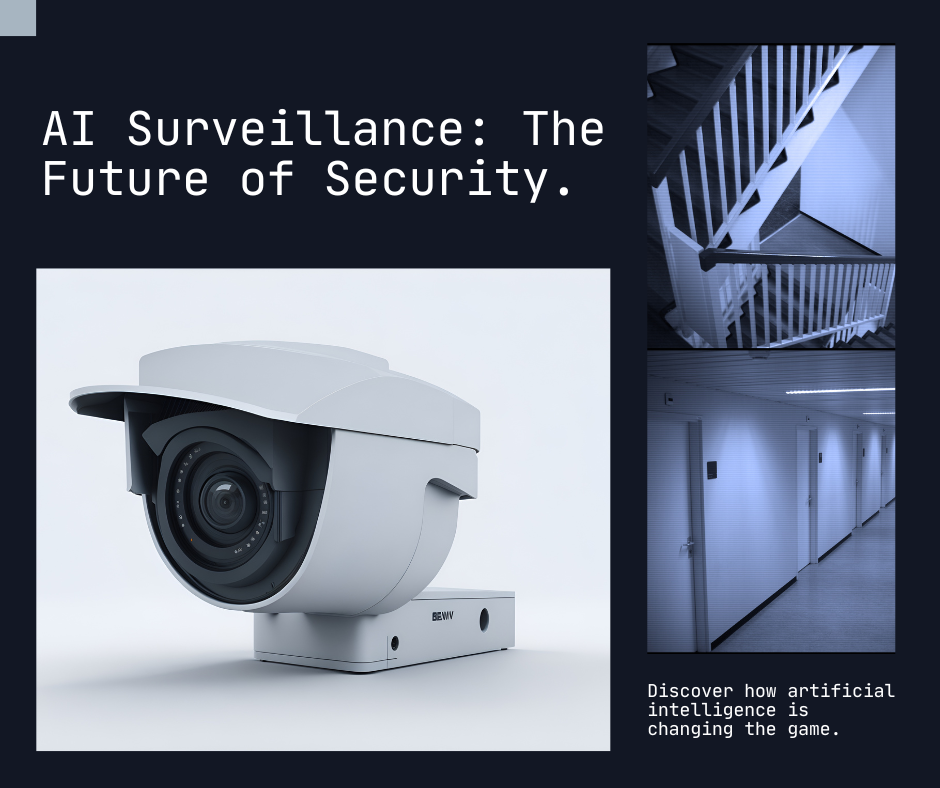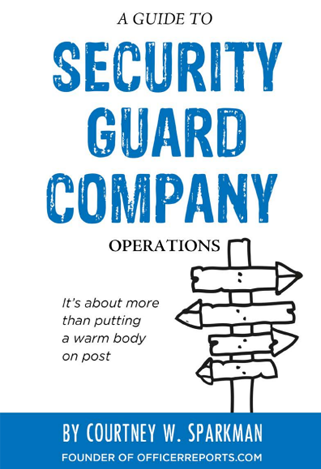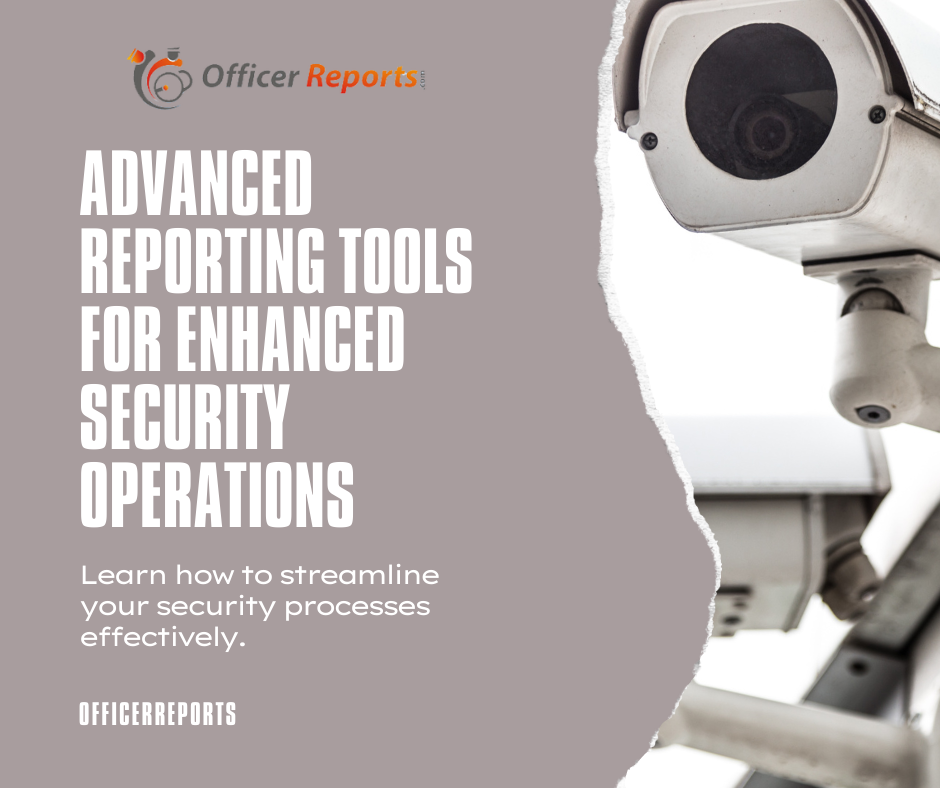 In an era where security threats are becoming increasingly sophisticated, businesses and organizations are turning to advanced technologies to enhance their surveillance capabilities. Artificial Intelligence (AI) has emerged as a game-changer in the field of security, revolutionizing how surveillance systems operate and mitigate risks. In this article, we’ll explore the impact of AI on surveillance and how it is shaping the future of security.
In an era where security threats are becoming increasingly sophisticated, businesses and organizations are turning to advanced technologies to enhance their surveillance capabilities. Artificial Intelligence (AI) has emerged as a game-changer in the field of security, revolutionizing how surveillance systems operate and mitigate risks. In this article, we’ll explore the impact of AI on surveillance and how it is shaping the future of security.
AI-Powered Video Analytics
AI-powered video analytics have transformed traditional surveillance cameras into intelligent monitoring systems. These systems can automatically analyze video feeds in real time, detecting and alerting security personnel to potential threats such as unauthorized access, suspicious behavior, or unusual activities. By leveraging AI algorithms, surveillance systems can differentiate between normal and abnormal events, reducing false alarms and improving response times.
Facial Recognition Technology
AI-powered facial recognition technology has become more common in security applications. It enables businesses to identify and track individuals within their premises, enhancing access control and security monitoring. AI algorithms can match faces against watchlists, flagging any matches to security personnel for immediate action. This technology is particularly valuable in high-security environments such as airports, banks, and government facilities.
Predictive Analytics for Threat Detection
AI-driven predictive analytics utilize data from various sources, including surveillance footage, access logs, and external threat intelligence, to identify potential security threats before they occur. By analyzing patterns and anomalies in data, AI algorithms can predict and prevent security breaches, unauthorized activities, or potential risks. This proactive approach empowers businesses to take preemptive measures, enhancing overall security posture.
Autonomous Surveillance Drones
AI-powered autonomous surveillance drones are revolutionizing perimeter security and monitoring. These drones can patrol designated areas, identify intrusions or suspicious activities, and provide real-time video feeds to security personnel. By automating surveillance tasks, businesses can achieve broader coverage, faster response times, and enhanced situational awareness, especially in large or remote areas.
Integration with Security Operations
AI-driven surveillance systems seamlessly integrate with overall security operations, providing a holistic approach to risk management. By combining AI analytics with access control, alarm systems, and incident response protocols, businesses can create a comprehensive security ecosystem that adapts to evolving threats. This integration improves decision-making, resource allocation, and incident resolution, ultimately strengthening security defenses.
Conclusion
The integration of AI into surveillance systems is reshaping the future of security, offering unprecedented capabilities in threat detection, response, and prevention. Businesses that embrace AI-powered surveillance technologies stand to gain a competitive edge in safeguarding their assets, data, and personnel. As AI continues to evolve, its role in security will become even more vital, driving innovation and efficiency in the face of evolving security challenges. Embracing the future of security means embracing AI-powered surveillance solutions for a safer and more secure tomorrow.






